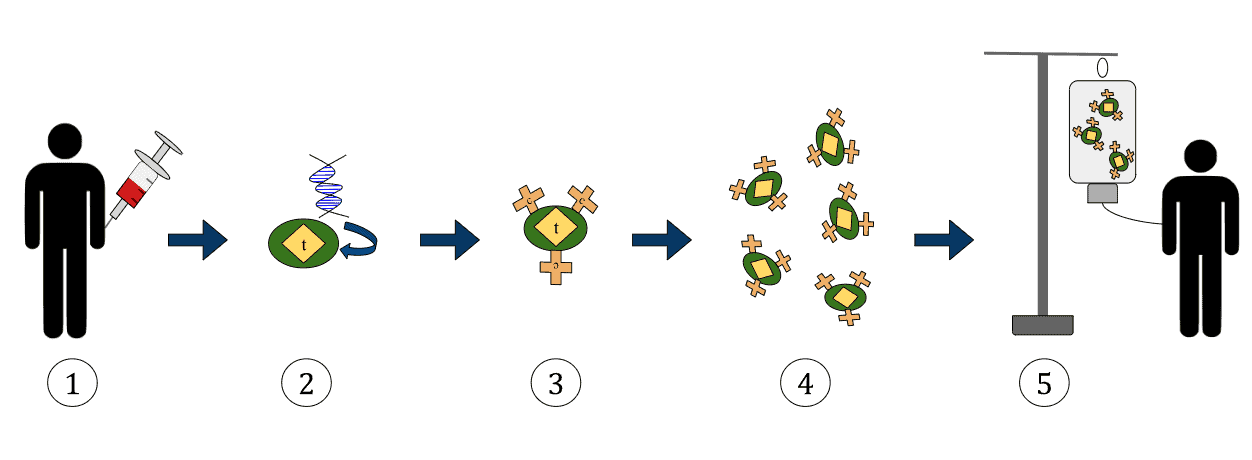Multiple myeloma is rare but devastating type of blood cancer. It comes from plasma cells that reside in the bone marrow and kills over 12,500 Americans every year, and its global burden is much higher. Now, researchers may have found a very effective treatment for it. The treatment doesn’t rely on external medications or methods, but rather on our very own immune system that can be supercharged.

Our ability to fight cancer has improved remarkably over the past few decades. An approach that is becoming increasingly promising is using the patient’s own immune system to defeat cancer. Cancer cells are notorious for ‘masking’ themselves and hiding from the immune system. So in this approach, instead of attacking cancer directly, researchers are enabling the body to detect and destroy the cancerous cells.
Of course, this is not a straightforward approach. Part of the reason why there’s no single cure for cancer is the fact that cancer is not one single condition, and everyone’s reaction to cancer treatment is also different. But one technique that seems to be paying dividends is CAR-T therapy.
Beating cancer to a T
T cells are white blood cells that play a key role in the immune system, specifically in the adaptive immune system. The ‘T’ stands for thymus, which is the organ where these cells mature.
There are several types of T cells, each with a different function, but all are essential to human immune function.
In CAR-T therapy, the patients’ T cells are extracted and hypercharged. Specifically, they’re given “chimeric antigen receptors” — or CARs. This enables them to spot the cancerous cells and from there, launch an attack. This is a type of immunotherapy, where the body’s own immune system is used to fight the disease. It’s still a relatively new and challenging approach, but it seems to be paying dividends against several types of cancer.
The key is designing a specific CAR for the specific type of cancer that you want to fight. This is exactly what Polina Stepensky and colleagues at Jerusalem’s Hadassah-University managed to do. After a long and painstaking process, they managed to create a CAR that seems to work well, the researchers told the Jerusalem Post. Not only that, but it also seems to produce minimal side effects.
To test out the therapy, the researchers administered the treatment to 74 patients. Over half of them were completely cured (went into complete remission, and 90% responded positively to the therapy.
“These are dramatic results. This is a huge hope for patients with a disease that has not yet had a cure,” Stepensky told the Jerusalem Post.
The problem now is scaling the therapy. CAR T cell treatment is expensive and time consuming. For now, this treatment can only be administered in China and the US, although it was first pioneered in Israel, says Stepensky. This new work makes the treatment cheaper and more accessible.
“The idea of CAR-T treatment was born in Israel in the 1980s but was implemented mainly in the United States,” Stepensky explained. “In the states, they developed a treatment for lymphoma. Here in Israel, we developed our treatment for myeloma. China is the only other country where this treatment is available at all.”
For their next work, researchers are working on engineering procedures that can make the process even simpler and more efficient. Specifically, they want to add a virus along with the genetic part that encodes a receptor against the cancer cells.
“For our patients, it gives them another chance at life,” Stepensky said. “Now, they are going to start clinical trials in the US, and we really hope the results will be the same as ours in Israel,” she explained. “Then, we can submit the treatment for final approval by the Food & Drug Administration (FDA). After that, the European Medicines Agency usually follows.”









